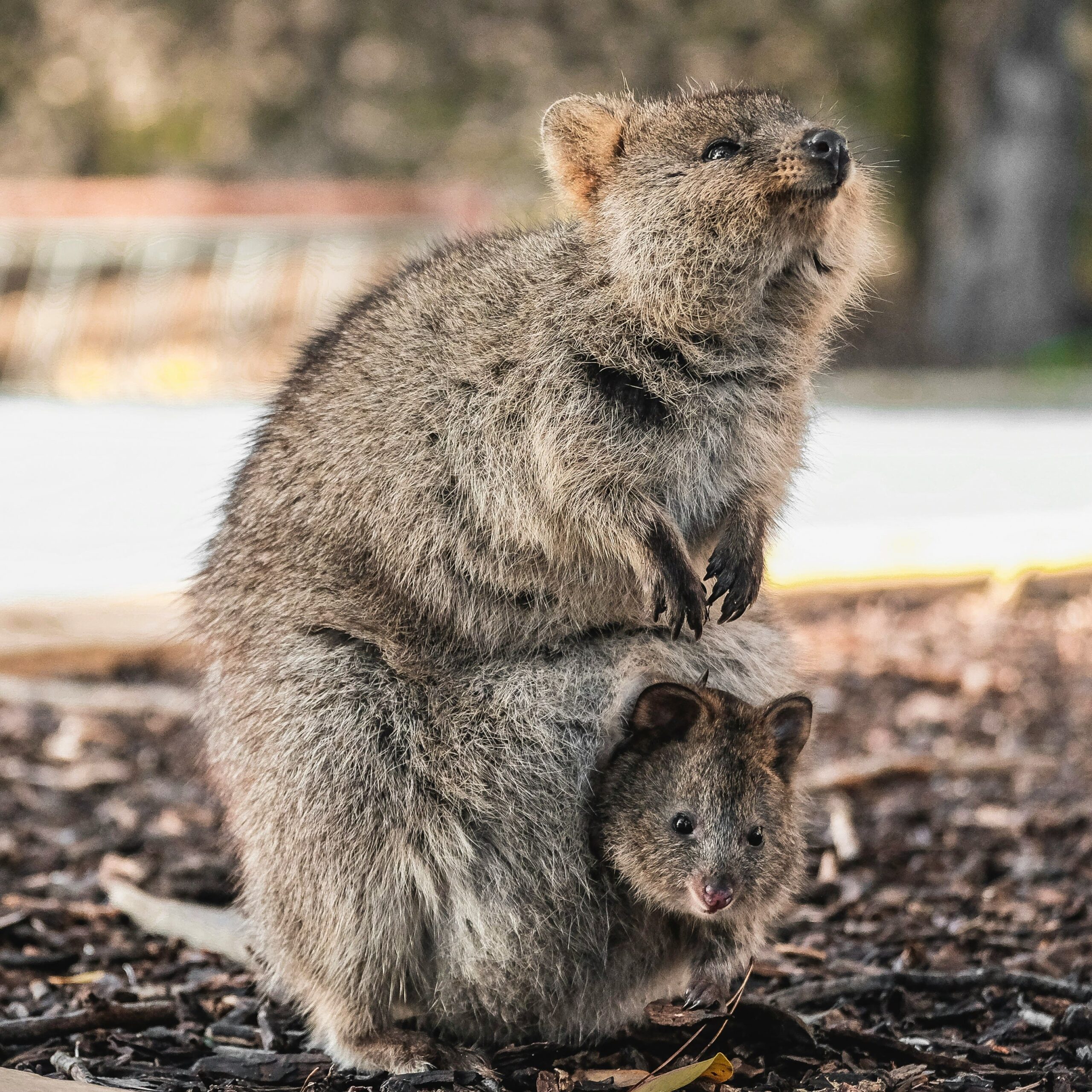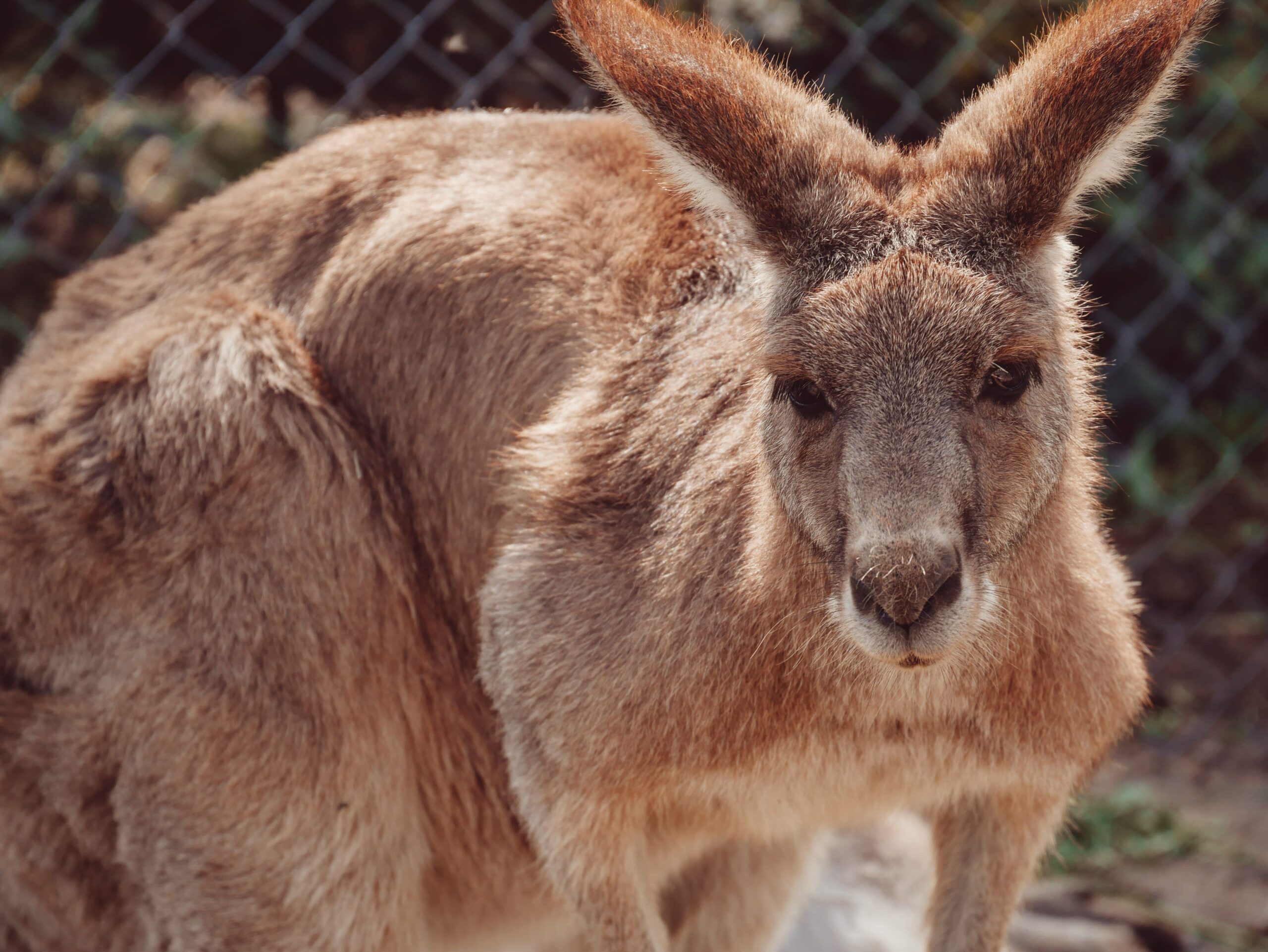Contents
Why Are There So Many Marsupials In Australia – Introduction
Australia, often dubbed the “Land Down Under,” is renowned for its breathtaking landscapes, ancient rainforests, and diverse wildlife. Among its most iconic inhabitants are the marsupials – a group of mammals characterized by their unique reproductive system, where females give birth to highly underdeveloped young that complete their development in an external pouch. From the iconic kangaroo to the adorable koala, marsupials dominate the Australian landscape like nowhere else on Earth. But what exactly has led to the proliferation of these fascinating creatures in Australia? Let’s delve deeper into the mystery and uncover the factors behind Australia’s abundance of marsupials.
1. Geographic Isolation:
Australia’s geographic isolation is perhaps the most significant factor contributing to the proliferation of marsupials on the continent. Separated from other landmasses millions of years ago, Australia drifted towards its current location, isolated from major global land bridges. This isolation created a unique evolutionary laboratory, allowing marsupials to evolve and diversify in the absence of competition from placental mammals found elsewhere in the world.

2. Evolutionary Adaptations:
Marsupials’ distinctive reproductive strategy, coupled with Australia’s diverse habitats and ecological niches, has facilitated their adaptation and proliferation across the continent. From the dense rainforests of Queensland to the arid deserts of the Outback, marsupials have evolved to occupy a wide range of environments and exploit various food sources.
For example, the kangaroo’s powerful hind legs and specialized digestive system make it well-suited for grazing on tough, fibrous vegetation, while the tree-dwelling koala’s unique diet of eucalyptus leaves reflects its specialized adaptation to a specific food source.
3. Ecological Opportunities:
Australia’s varied landscapes offer a plethora of ecological opportunities for marsupials to exploit. From vast grasslands to rugged mountain ranges, marsupials have diversified to fill ecological niches comparable to those occupied by placental mammals in other parts of the world. For instance, the agile wallaby fulfills a similar role to deer or antelope as a grazing herbivore, while the carnivorous Tasmanian devil plays the ecological role of a scavenger or predator, helping to regulate prey populations and maintain ecosystem balance.
4. Lack of Competitors:
Australia’s relatively depauperate fauna, particularly its lack of native placental mammals, has provided marsupials with opportunities to thrive in the absence of significant competition. Unlike continents such as North America or Africa, where placental mammals dominate, Australia’s marsupials have faced less competition for resources, allowing them to diversify and exploit a wide range of ecological niches with minimal interference from other mammal groups.
5. Climate Stability:
Australia’s relatively stable climate over millions of years has also played a crucial role in the success of marsupials. Unlike other continents that experienced dramatic climate fluctuations and mass extinctions, Australia provided a stable environment for marsupials to evolve and adapt. This stability allowed them to persist through changing environmental conditions and diversify into various ecological roles, leading to the rich diversity of marsupial species seen in Australia today.
6. Human Impact:
Despite their remarkable adaptability, marsupials in Australia face numerous threats from human activities. Habitat destruction, fragmentation, and degradation due to urbanization, agriculture, and logging pose significant challenges to marsupial populations. Additionally, the introduction of invasive species such as foxes and feral cats has led to predation and competition for resources, further endangering native marsupials.
Australia’s abundance of marsupials can be attributed to a combination of factors, including its geographic isolation, evolutionary adaptations, ecological opportunities, lack of competitors, climate stability, and human impact. These unique circumstances have allowed marsupials to thrive and diversify in Australia’s varied landscapes, making them an integral part of the country’s rich biodiversity. As stewards of this unique natural heritage, it is essential to continue efforts to conserve and protect Australia’s marsupials for future generations to appreciate and enjoy.
Lecture 71 Why are there so many Marsupials in Australia?: https://m.youtube.com/watch?v=XEylZ7z2XAA&pp=ygUtV2h5IEFyZSBUaGVyZSBTbyBNYW55IE1hcnN1cGlhbHMgSW4gQXVzdHJhbGlh

Conclusion
In conclusion, the proliferation of marsupials in Australia is a fascinating phenomenon shaped by a combination of geographic, evolutionary, ecological, and human factors. Australia’s geographic isolation, coupled with its diverse habitats and stable climate, provided ideal conditions for the evolution and diversification of marsupials over millions of years. The lack of native placental mammals and the absence of significant competition allowed marsupials to fill a wide range of ecological niches, resulting in their dominance across the continent.
However, human activities such as habitat destruction, introduction of invasive species, and climate change pose significant threats to marsupial populations. Despite these challenges, Australia’s marsupials continue to captivate and inspire people worldwide, serving as a testament to the unique biodiversity of the Land Down Under. As we strive to conserve and protect these iconic creatures and their habitats, it is essential to recognize the importance of preserving Australia’s natural heritage for future generations to appreciate and cherish.
More Links :
What Is Australia’s Winter Like: Escape the Cold: Exploring Australia’s Winter Wonderland: https://ausizealand.com/what-is-australias-winter-like/
Why Does Australia Have So Many Deadly Animals: Exploring the Ecological and Evolutionary Factors: https://ausizealand.com/why-does-australia-have-so-many-deadly-animals/
Can You Hunt Kangaroo In Australia: Navigating the Controversy: https://ausizealand.com/can-you-hunt-kangaroo-in-australia/





